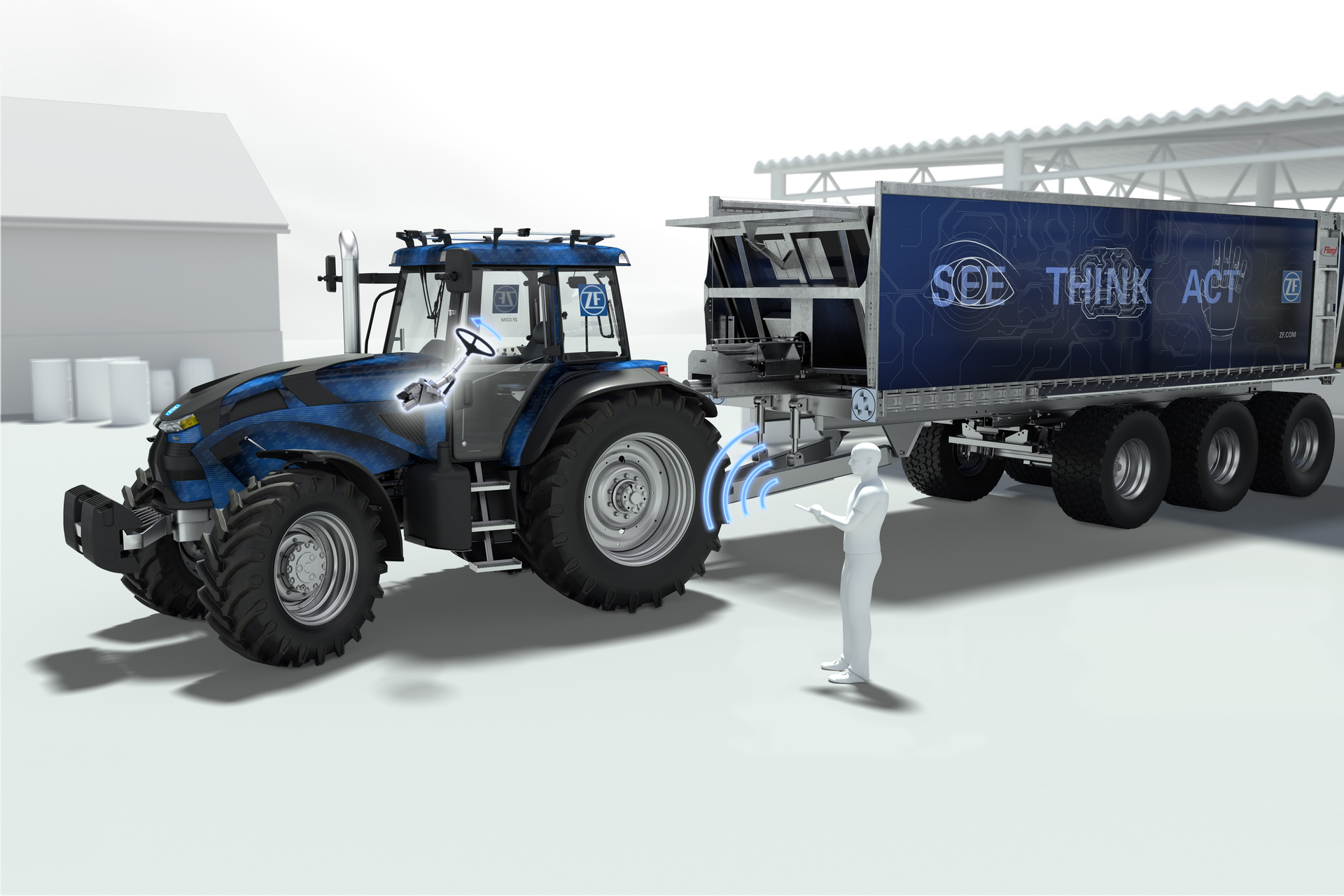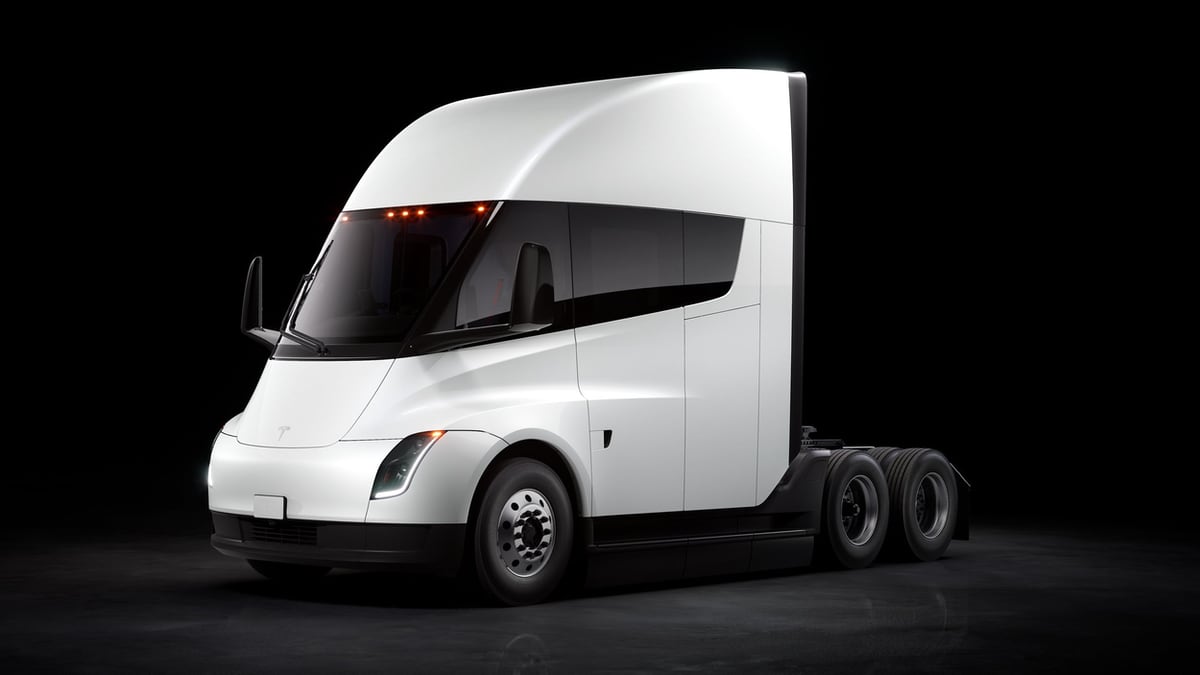In recent years, semi-trailer technology has seen significant advances both in terms of fuel efficiency and reducing emissions. Automotive engineering has taken strides to ensure that the semi-trailers on our roads today are more efficient than ever before, leading to a decrease in their environmental impact.
Through innovative design features, new materials, and advanced manufacturing processes, these advancements are helping reduce the amount of energy needed for transportation. In this article, we will explore some of the latest developments in semi-trailer technology and see how they are improving fuel efficiency while reducing emissions.
Improved Weight Distribution and Suspension Systems
Semi-trailer technology has seen significant advancements in recent years that are improving fuel efficiency and reducing emissions. One such improvement is the implementation of improved weight distribution and suspension systems. These systems help semi-trailers distribute their load more evenly, preventing vehicles from being weighed down by heavy cargo. Additionally, they reduce the strain on individual axles, further improving vehicle stability and fuel efficiency while also minimizing wear & tear on the chassis.
Furthermore, these advanced suspension systems improve driving comfort for long hauls as well as provide superior ride quality over uneven terrain or during abrupt stops & starts due to traffic conditions. With such improvements in semi-trailer technology becoming increasingly available each day, it is no wonder why fleets around the world are making major investments into upgraded weight distribution and suspension systems for their fleet of trailers – all to save money on fuel costs and protect our environment from harmful emission levels.
Innovative Tractor-Trailer Combinations

In recent years, semi-trailers have become increasingly sophisticated, as manufacturers strive to reduce fuel consumption and lower carbon emissions. One of the innovative solutions that have emerged is the combination of a tractor with a trailer to create an efficient and effective way to transport goods. This has enabled companies to save money on fuel costs while also helping them meet environmental targets. The combination of these two vehicles provides improved stability during long journeys and increased maneuverability when navigating tight corners or small spaces.
Furthermore, this type of vehicle combination offers greater flexibility when it comes to cargo load size and weight; allowing for more efficient loading and unloading times which can lead to reduced delivery timescales. As technological advancements continue in this area, there are sure to be further developments that will benefit both commercial businesses and consumers alike.
Advanced Engine Technologies for Optimal Efficiency
Modern semi-trailers are equipped with advanced engine technologies that enable them to achieve optimal fuel efficiency and reduce emissions. Through the use of computerized systems, these engines can be adapted to changing driving conditions, such as terrain or road grade, so they can make the most out of their fuel consumption.
The addition of exhaust after-treatment systems can also help reduce harmful gaseous emissions by trapping and oxidizing pollutants like nitrogen oxides before they escape into the atmosphere. Finally, new hybrid powertrains are being developed which combine electric motors and conventional combustion engines to increase efficiency while minimizing air pollution levels. These cutting-edge technologies ensure that semi-trailer trucks are now more efficient than ever before while still meeting regulatory standards for emission control.
Eco-Friendly Tire Compounds to Reduce Rolling Resistance

As semi-trailer technology continues to evolve, tire compounds are becoming increasingly important in improving fuel efficiency and reducing emissions. Eco-friendly tire compounds have been developed that reduce rolling resistance, meaning the tires require less energy to move forward on the road. This reduces fuel consumption and is a key part of any effort to improve long-distance freight transport performance.
These eco-friendly tire compounds are designed with an advanced tread pattern that increases grip and contact area between the surface of the road and the vehicle’s tires – allowing for smoother driving even at higher speeds. Additionally, these tire compounds feature lightweight construction which further reduces rolling resistance from friction losses due to weight displacement when moving forward over surfaces.
The adoption of these new types of eco-friendly tire compounds has allowed semi-truck fleets across the world to make significant progress towards achieving their sustainability goals while still maintaining high levels of performance for long-distance freight hauling operations. The reduction in rolling resistance leads to improved mileage, increased safety levels on roads, reduced environmental impacts associated with greenhouse gas emissions, and much more – all without sacrificing reliability or comfort during transit trips long distances.

